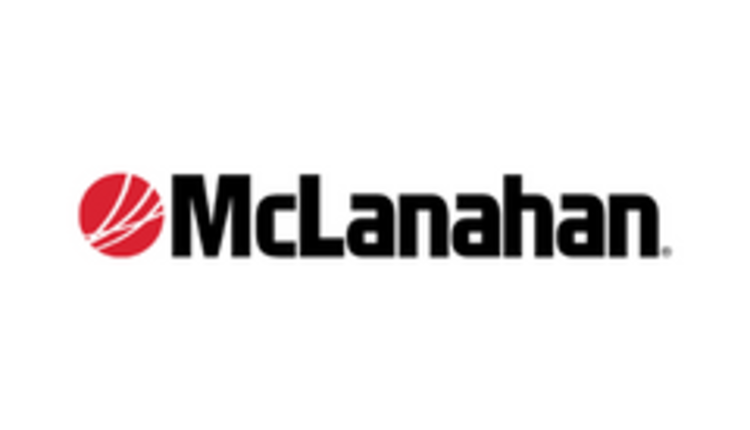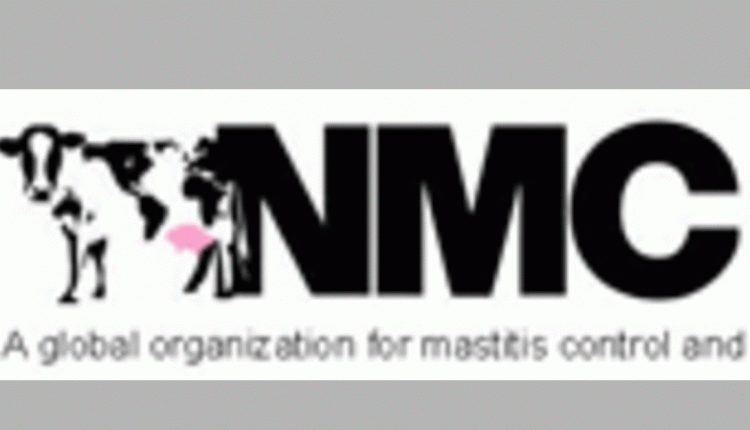
Summer is here and with it comes high temperatures, high humidity, and increased chances of heat stress. According to a 2019 Foundation for Food and Agriculture Research study, the US dairy industry experiences $1.5 billion in losses to heat stress annually. With afternoon humidity’s of 60-70%, and temperatures at 75-77°F, cows may already begin to experience the effects of heat stress – that’s a temperature humidity index (THI) of 74. Higher temperatures can impact herds, potentially decreasing performance, production, and profit.
Incorporating proper fans and soakers, adequate water and feed, and providing a proper nutrition are beneficial steps to combat the hot summer months. Here are three tips to manage heat stress in dairy herds.
1. FANS AND SOAKERS
Fans need to be clean and should generate at least 5mph wind over the back of the cow. Use a wind speed meter to detect good air movement and dead areas, especially where cows congregate. Add in soakers on the feed bunk and in the holding pen to apply water to the back of the animal. In humid climates, which include much of the US, water should be applied as a “soak” and not a mist. Maximize equipment performance by regularly monitoring and maintaining fans and soakers.
2. ADEQUATE WATER AND FEED FREQUENTLY
Adequate access to clean water is a must. Cows will not be as willing to walk longer distances in warmer weather. They must have constant access to cool, clean water in a location that is shaded or close to shade. A good rule of thumb is that cows will need three-to-four inches of linear water space per head during the summer. Water should be positioned away from the milking parlor and available near the lounging area. By keeping water troughs cool and clean, cows will have a better chance of beating the heat. It is also quite common for feed intake to decrease during hotter months. To keep intakes up, make sure they have constant access to fresh feed. Consider feeding more frequently during cooler parts of the day and pushing feed up often to keep feed accessible to cows. Reducing sorting is also recommended.
3. PROPER NUTRITION
Higher temperatures can negatively affect milk production and milk fat yield, due in large part to heat stress-induced pH decrease in the rumen and leaky gut. Although it is vital to provide proper heat abatement strategies, there are also feeding strategies that may assist in reducing lost performance. Incorporating effective feed additives could help promote gut health, immune strength, and overall wellness. Healthy cows perform better, and a healthy gut can help cows manage the heat. Ultimately, this can result in greater profitability on the farm. Consult with your nutritionist about what ration changes might be appropriate for warmer temperatures, including the addition of products to optimize rumen health.
With summer temperatures reaching 80°F-90°F, dairy cows will be feeling the heat. When you incorporate these three management tips, your herds have a better chance of staying healthy and productive.



